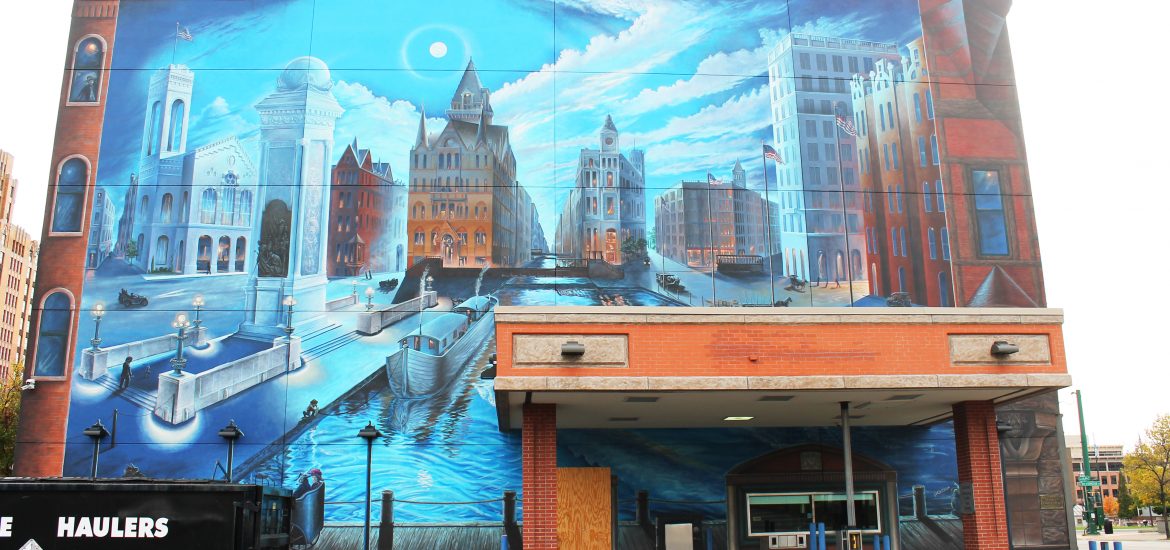If one were to take a time machine back to 1940s Syracuse, some things would be the same. The autumn Syracuse leaves would be just as colorful; the winter snow would be just as cold; and the school spirit running through the veins of Syracuse University students would be just as strong. However, unsurprisingly, quite a few things would be different.
For starters, there would be many more people in Syracuse. According to census data, the population of Syracuse decreased from 205,000 in 1940 to 147,000 in 2000. Since 2000, the population of Syracuse has slightly fluctuated, but overall, it’s on the decline. Today, the population is 144,564.
There are quite a few factors that account for this decline, but the construction of I-81 in Syracuse is one of the most notable. The city planners in Syracuse sought to make the city more mobile, so they built I-81 through the middle. This contributed to the displacement of people of all races in Syracuse, and it is part of what city planners called “slum-clearing.” Many of those who could afford to move away from Syracuse did so in great numbers in the mid-20th Century, choosing to move to the suburbs. Most higher-income residents were white, meaning most of Syracuse’s African-American population was left behind to live in low-income neighborhoods.
Today, Syracuse has the highest poverty rate concentrated among African Americans and Hispanics in the country. Syracuse’s population has decreased overall. More specifically, between 2000 and 2010 the white population of the city decreased by 14 percent, while the African-American population of Syracuse increased by 15 percent. There is a clear disparity between races in Syracuse and it only appears to be increasing over time.
Dr. Mario Rios Perez of the School of Education at Syracuse University says that this is especially detrimental to the public school system in Syracuse. Poverty is concentrated in specific areas, so certain areas have better funded schools than others, and the most economically-challenged schools have higher populations of African American and Hispanic students.
“Schools are supposed to be a place where people can succeed,” Perez says, “but segregation is a threat to that. The schools don’t afford social mobility.”
Additionally, the rate of poverty in Syracuse has increased overall. A 2011 study by the Brookings Institution identified that in 2000, Syracuse had a total of nine “high poverty neighborhoods,” but in 2011, it had 19. Even in 2017, people in Syracuse move to the suburbs in high numbers, continuing to concentrate poverty in the city within certain neighborhoods.
From the data, it is not looking like the population of Syracuse will rise over time, and demographic changes that have contributed to segregation have only made this worse.
“Syracuse needs to give incentives for companies to come into the cities and reconsider school boundaries,” Dr. Perez says. “Segregation was an expensive process and so desegregating it will be too.”
The next census will be released in 2020, which will provide more details on just how much Syracuse is continuing to change demographically.
As the city of Syracuse has not taken any drastic actions to improve these issues, the 2020 census will not show positive changes. In 2016, the United States Census Bureau made an official report that Syracuse jumped to being the 13th poorest city in the country. Just like Dr. Perez says, the city must take action before healthy demographic changes occur.

